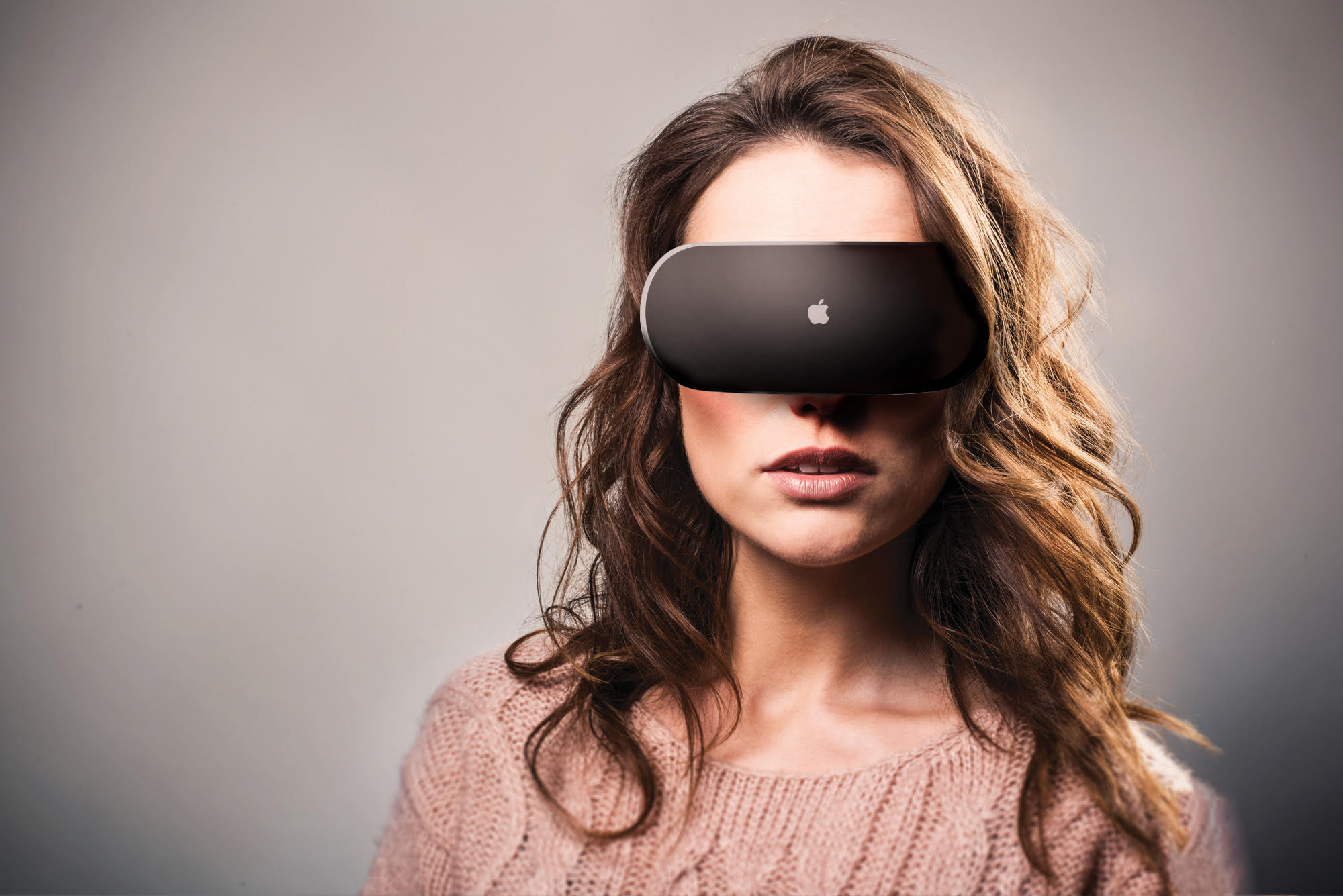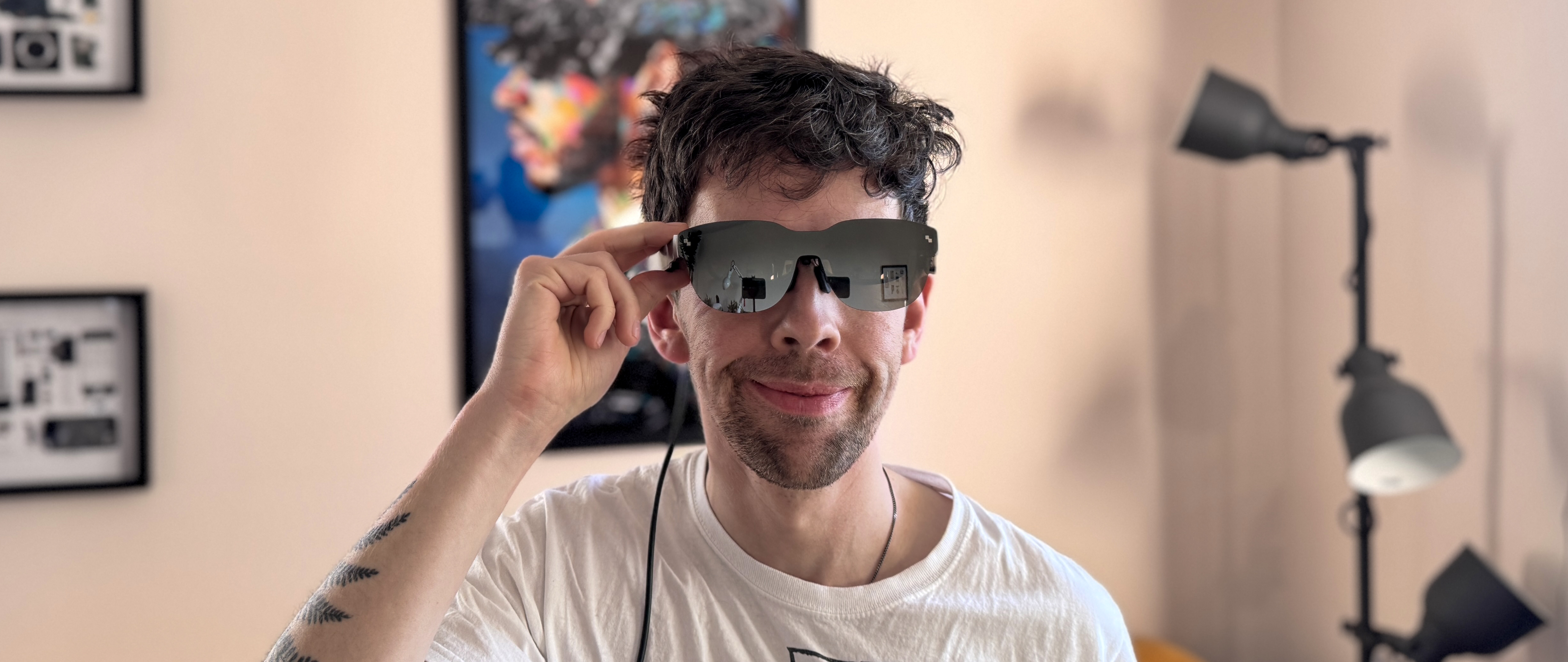Apple VR headset leak reveals crazy light design — and Oculus Quest 2 should be worried
The Apple VR headset could feel lighter than air

Update: Apple's mixed reality headset could be incredibly light, and get followed by a second-gen headset in 2024.
The Apple VR headset is set to adopt a hybrid Fresnel lens design, according to analyst Ming-Chi Kuo (via MacRumors). And it should result in one of the lightest VR and mixed reality headsets ever.
According to the report, the Apple VR headset will weigh in at around 150g or 0.33 pounds and be very comfortable to wear. By comparison, the Oculus Quest 2 weighs 503g (1.1 pounds).
Plus, in typical Apple style, the company seems to be ignoring what the competition is doing in favor of what may end up being a better system.
- Everything we know about Apple's VR and mixed reality headset
- Apple Glasses: What to expect from Apple's AR-powered specs
- Plus: iPhone 13 leak reveals Apple is stealing this killer Galaxy S21 feature
Kuo notes that most virtual reality headsets use traditional Fresnel lenses, which were originally developed in the early 1800s as a way to focus lighthouse beams. In VR headsets they can enable ultra-short focal lengths, but increase the weight of the headset as a result
Mixed reality headsets have an advantage in that they don’t need such a large field of view. That means they can use thinner and lighter lenses. This seems to be the case with Apple’s headset, according to Kuo.
The analyst claims that each lens will be made up of three stacked Fresnel lenses (for a total of six in each headset) that balance optical performance with a lightweight design. They’ll be joined by additional plastic lenses made from custom materials and coatings to match the glass lenses’ light transmission.
Sign up to get the BEST of Tom's Guide direct to your inbox.
Get instant access to breaking news, the hottest reviews, great deals and helpful tips.
We’ve already heard a number of rumors about the composition of Apple’s mixed reality headset, and how the company is intending to keep the weight down. The main focus, naturally, appears to be using lightweight materials.
That includes a plastic body, similar to that used on Apple’s AirPods, with an outer covering made from the same mesh found on HomePod speakers. The goal there is to minimize weight, but still maintain the solid “Apple” feel of the headset.
Apple has also had to make compromises to fit a fan into the headset, while still keeping it within tolerable weight limits. Space normally reserved to let users wear glasses inside the headset has been removed to accommodate the fan — which was needed to ensure the headset’s powerful processor was kept cool.
The lens system will be just one more aspect of this. Unfortunately, the Apple VR headset is not going to come cheap, which will account for the high price tags we’ve been hearing about. Apple’s mixed reality headset could cost $1,000 according to one of Kuo’s previous reports, but another report has also suggested a shockingly high $3,000 price tag.
Unfortunately, Apple's headset is not coming soon. But with the release date tipped for mid-2022, we expect a lot more leaks in the months ahead.
- More: Oculus Quest 2 review: The best entry point into virtual reality yet

Tom is the Tom's Guide's UK Phones Editor, tackling the latest smartphone news and vocally expressing his opinions about upcoming features or changes. It's long way from his days as editor of Gizmodo UK, when pretty much everything was on the table. He’s usually found trying to squeeze another giant Lego set onto the shelf, draining very large cups of coffee, or complaining about how terrible his Smart TV is.
-
RogerInCalif The original MacRumors article states the device will have "a smaller field of view (FOV) due to the less immersive experience compared to true virtual reality. " So, no, I don't think the Quest 2 needs to be worried about anything. Many Quest users already complain about the somewhat narrow FOV.Reply
And, by the way, what's up with the absurd sub-head claiming the device "could feel lighter than air"? If Tom's Guide wants respect as a tech site they would be better served not using breathless marketing blurbs like that.
